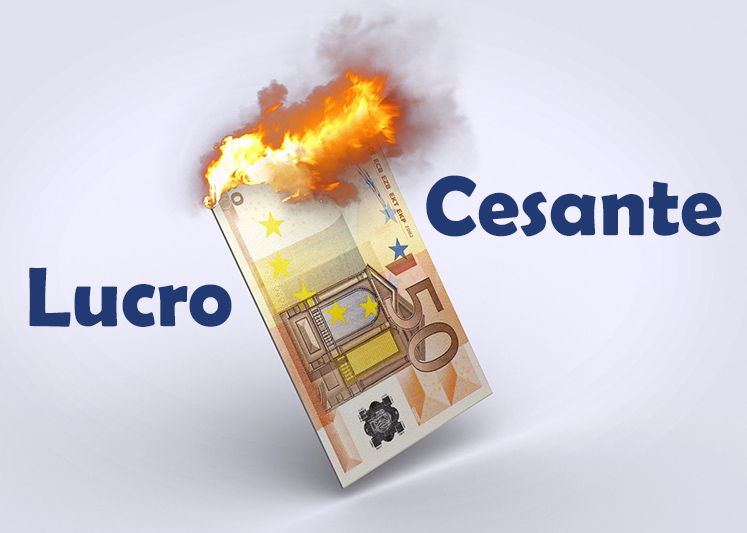In our opinion, there are three conditions and moreover, it is necessary that all three are met for there to be any indemnity payable under this cover.
The first condition is that the Material Damage that gave rise to the Consequential Loss being claimed, is covered by an Insurance Policy. This has its logic and rationale since otherwise, if the Insured does not have the resources to repair the damage, the maximum indemnity period prescribed in the Consequential Loss Policy would always be exhausted.
The second is that production activities are resumed after the loss event. This condition is likewise well founded because otherwise, it could be the case of a businessman whose company is not doing well, who burns it down so as to collect the indemnity for both the Material Damage as well as the Consequential Loss. If fraud cannot be proven, at least with this second condition you avoid the Consequential Loss having to be indemnified under the Policy.
Lastly, the most important condition and something that is not usually explained to the Insured when contracting the Policy, is that the loss event must affect the company’s financial results. Thus it is necessary that the loss event has an impact upon the company’s income, or in other words, that there is a loss of sales or that there is an affect upon the costs, i.e. that it causes extra costs. Both are things that usually occur with major claims.
In many claims where the Company’s inventory or stocks of finished goods is enough for several weeks and their sales capacity is less than their production capacity, which tends to happen in times of crisis, it is pretty unlikely that a loss event with a short duration, of less than a week, will have an impact upon the financial results of the Company. Therefore, it is absurd to impose Deductibles of just a few days for businesses with high levels of stocks and whose production capacity is greater than their sales capacity.
To avoid the Insureds from subsequently feeling cheated, this third condition must be clearly explained at the time of negotiating the Policy and make them see how important it is that it should be designed for major claims since the smaller ones will hardly affect their financial results. Furthermore, imposing higher Deductibles in these cases, extending to weeks rather than days, significantly reduces the cost of the Policy. Unfortunately, this is not normally done and mistakenly they attempt to lower the cost of the Policy by reducing the Maximum Indemnity Period, instead of raising the Deductibles.
At VANTEVO CLAIMS ADVISORS, given our extensive experience with this type of claim, we can help the Insureds and Brokers to set a correct Sum Insured, an adequate Maximum Indemnity Period, and a Deductible that lowers the cost of the Policy but without reducing the cover for the Insured. To sum up, Business Interruption or Consequential Loss Policies must be drafted with large claims in mind, not the smaller ones.

